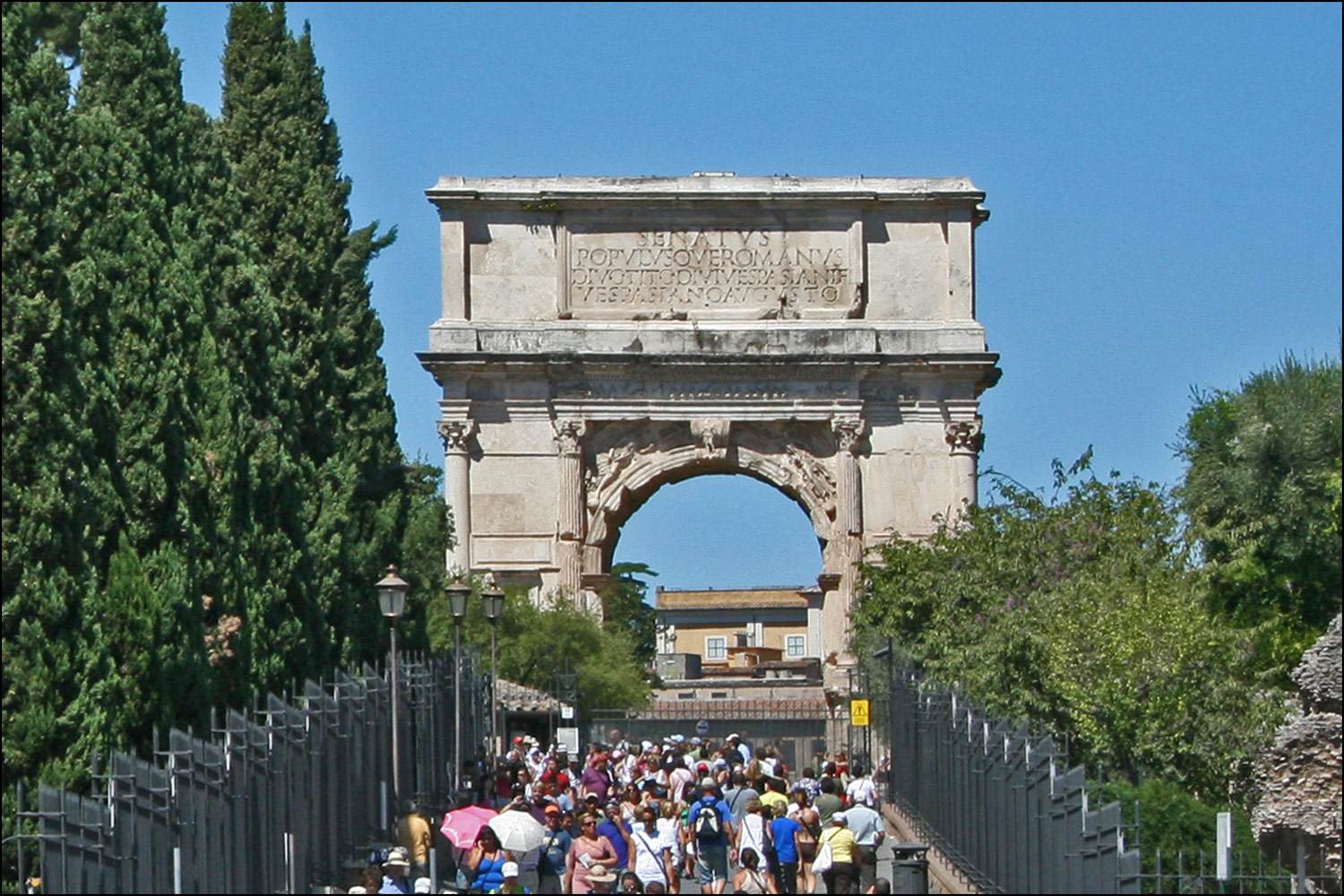
However, the inscription from the lost Arch of Titus in the Circus Maximus arguably contributes more to our understanding of how the Flavian dynasty themselves perceived their victory, and how they used it to advertise their military might and establish their rule as the rightful heirs to the Augustan legacy of conquest and dominion. This article considers the lost Arch of Titus and its inscription, and its role in the establishment of the Flavian legacy in Rome. It argues that the text must be read in conjunction with the other triumphal monuments of Vespasian and Titus – the Colosseum, Arch of Titus in the Roman Forum and the Temple of Peace – whose reality, visibility and prominence collectively gave strength to the claim that the lost Arch commemorated: the exceptional nature of the Roman victory in Jerusalem. Finally, Chapter 7 suggests that the Arch of Titus in Circo Maximo was inaugurated in June 81 CE to commemorate the anniversary of the Flavian triumph over the Judaeans.The Arch of Titus in the Roman Forum has long been held as the definitive illustration of Rome’s conquest of Judaea and the destruction of Jerusalem in 70 CE. The relief decoration of the plundering of the Temple, Titus’s triumphal journey into Rome and his eventual apotheosis have become synonymous with our knowledge of events and the devastation wrought upon the city. Chapter 6 offers a meticulous analysis of the imperial titulature reproduced in the epigraphic text itself, which leads to the conclusion that the structure was dedicated in the period between May and the 30th of June 81 CE. Part III deals with yet another major question which so far has been overlooked in scholarship: the specific chronology of the Arch of Titus in the Vallis Murcia. Chapter 5 takes a step back and explores the earlier topographical history of the south-east end of the Circus Maximus (including the republican Fornix Stertinii). Chapter 4 concentrates on the honorific inscription from the lost arch. Part II addresses the ideology of this noteworthy Flavian monument. The most credible hypothesis is that the Flavian arch vanished from the urban landscape of Rome just before the middle of the twelfth century. Part I gathers and examines critically all the evidence on the Arch of Titus in Circo Maximo, in an effort to describe as accurately as possible the form and the general appearance of the structure in Antiquity (Chapter 2) and to trace the survival of the arch well into the Middle Ages (Chapter 3). The bulk of the dissertation is organised in three distinct parts. A survey of the information about the first Arch of Titus in various areas of studies highlights the shortcomings and limitations of the existing scholarship on the topic. The Introduction (Chapter 1) outlines the main ideas and provides the rationale for the study. A comprehensive examination of the Arch of Titus in the Circus Maximus has never been attempted, despite the fact that it is one of the most significant building initiatives undertaken by Domitians elder brother during his short but important principate.

The focus of this research project is the triumphal arch dedicated in 81 CE in the Vallis Murcia in Rome and commemorating the Flavian capture of Jerusalem.


 0 kommentar(er)
0 kommentar(er)
